Commentary: Why youth sports need government support
Published in Op Eds
Youth sports in America are in crisis. In a country with roughly 72.8 million children, it’s not because young people don’t want to play sports, but because for far too many, the playing field has tilted toward those with the means to pay. For many families, the soaring cost of registration fees, equipment and travel has rendered organized sports an unaffordable luxury.
The result? Millions of children, especially those in low-income communities and communities of color, are shut out of one of the most powerful tools we have for developing healthier, more resilient youths.
It doesn’t have to be this way.
Across the country, former athletes and nonprofit and political leaders are stepping up with bold, decisive action. Illinois and California are leading the way by reimagining how government can support youth development by promoting sport, play and movement. Their efforts acknowledge a fundamental truth: Access to sports is not a luxury; it’s a necessity. Sports and the ability of children to play represent a cornerstone of healthy childhood development. Kids who play sports experience greater academic success. It’s a powerful tool for social connection and mental and emotional well-being.
By treating access to youth sports as a public policy issue rather than a privilege available to only elite kid athletes, Illinois and California are modeling what it looks like when government engages to uplift every child, not just the ones whose families can afford the fees, equipment and transportation.
In Illinois, this vision is becoming a reality. During the last four years, state Sen. Robert Peters and Rep. Kam Buckner have led a state investment of $13.75 million in community-based youth sport programs through Laureus Sport for Good USA. These funds have enabled more than 50 organizations to provide no-cost sports programming to more than 40,000 youths across 77 high-poverty, high-violence ZIP codes. This investment is not just a grant program. It has become a movement, grounded in equity and driven by the belief that every child deserves the right to move, play and belong.
In 2025, Illinois doubled down on this momentum. With overwhelming bipartisan support led by Rep. Joyce Mason and Sen. Graciela Guzmán, the state created the country’s first Youth Sports Commission, an initiative focused on improving access, equity and quality across all youth sports. This commission brings together lawmakers, parents, coaches and community leaders to answer a vital question: How do we ensure that youth sports serve all children, not just the few who can afford it? Gov. JB Pritzker signed the bill into law in mid-August.
California is embracing a similar challenge. The Youth Sports for All Act lays the foundation for a comprehensive statewide strategy to reform and expand youth sports access. The bill establishes a blue-ribbon commission tasked with evaluating the feasibility of a centralized Department of Youth Sports, something nearly every major country outside the U.S. already has.
Despite this progress, the data is sobering. Nearly two-thirds of California youths don’t meet the Centers for Disease Control and Prevention’s physical activity guidelines. One in three have stopped playing sports in the last two years. Participation rates among Black, Latino and low-income youths remain significantly lower due to barriers such as cost, transportation and the scarcity of local programs. In too many communities, the “pay-to-play” model of youth sports functions as a gatekeeper instead of a gateway.
Illinois and California’s leadership highlights why public sector involvement in youth sports matters. Market-driven solutions alone have not succeeded in creating a level playing field. Instead, today and tomorrow’s youths need systems built to guarantee safety, fairness, and opportunity. Legislation in California and Illinois represent a winning path forward. Both focus on a crucial first step: one that convenes experts, engages communities and builds a road map toward a more just and inclusive model for youth sports.
Illinois and California recognize what we all should accept: that sports are a vital infrastructure. They deserve the same strategic planning, policy focus and public funding as schools, parks and public health. When implemented effectively, youth sports go beyond just an extracurricular activity. They serve as a fundamental developmental experience. Sports enhance classroom attendance and academic success, lower depression and anxiety rates, and teach vital life skills such as teamwork, perseverance and leadership.
For a nation that takes pride in athletic excellence and Olympic gold medals, we have overlooked the essential systems that enable genuine greatness. Picture a country where no child is priced out of joining a soccer or baseball team, and where every community has access to safe facilities and trained coaches.
Illinois and California are demonstrating that this vision is achievable and that equitable access to sport is not a partisan issue. It’s a public priority.
It’s time for other states to join in. Let’s create a future where every child, in every ZIP code, has the opportunity to run, jump, play and thrive.
____
Edwin Moses won Olympic gold medals in 1976 and 1984, three World Cup titles and two World Championships and broke the world record four times as a 400-meter hurdler. Moses is currently chairman of the United States Anti-Doping Agency and chairman of the Board of Laureus Sport for Good USA. Renata Simril is president of the Play Equity Fund
___
©2025 Chicago Tribune. Visit at chicagotribune.com. Distributed by Tribune Content Agency, LLC.


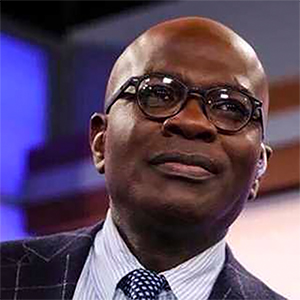

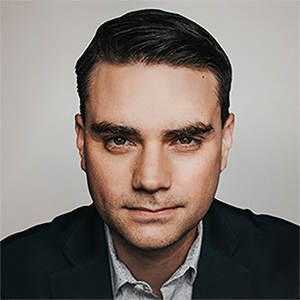

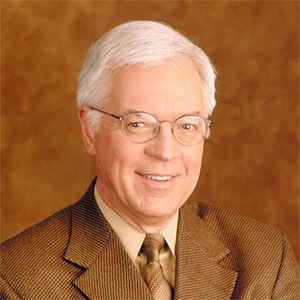

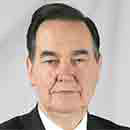

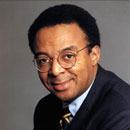






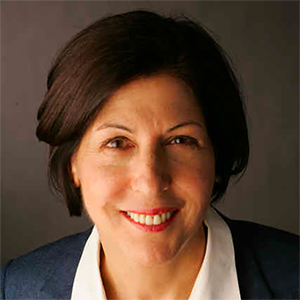




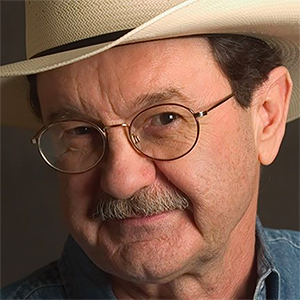

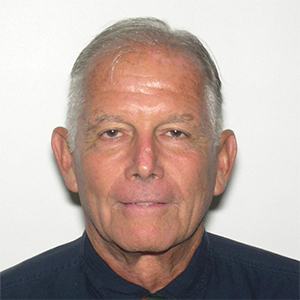
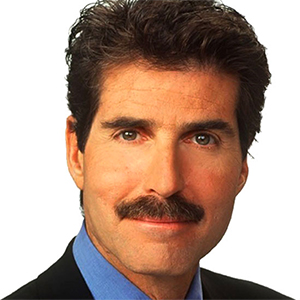
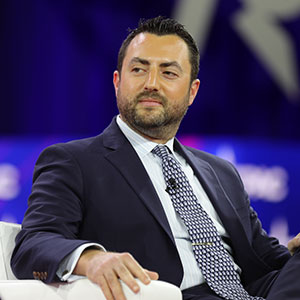
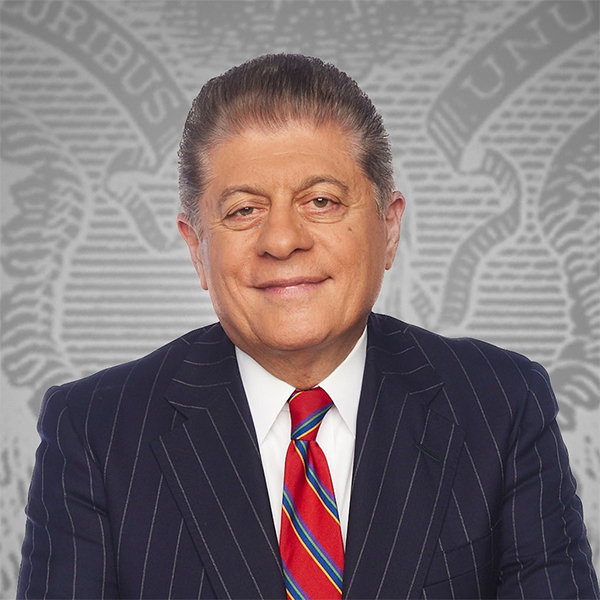


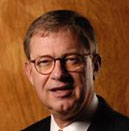




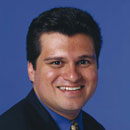




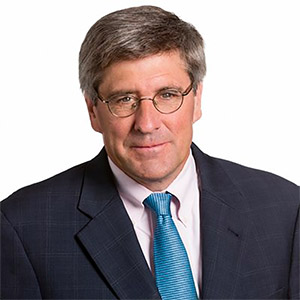


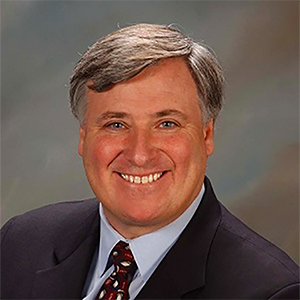




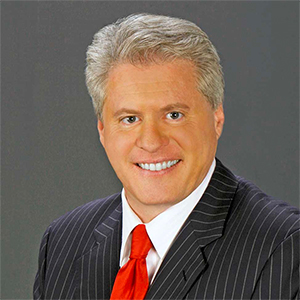
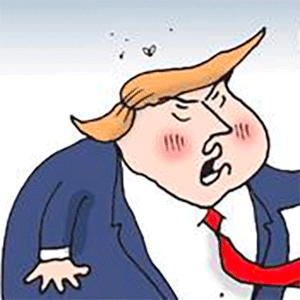
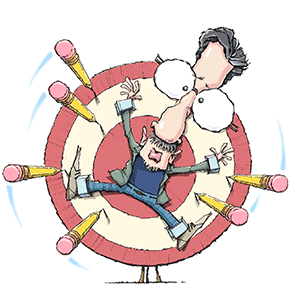

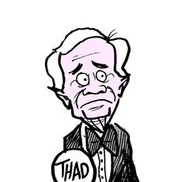

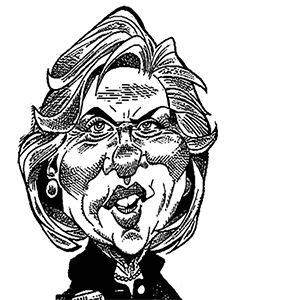
Comments